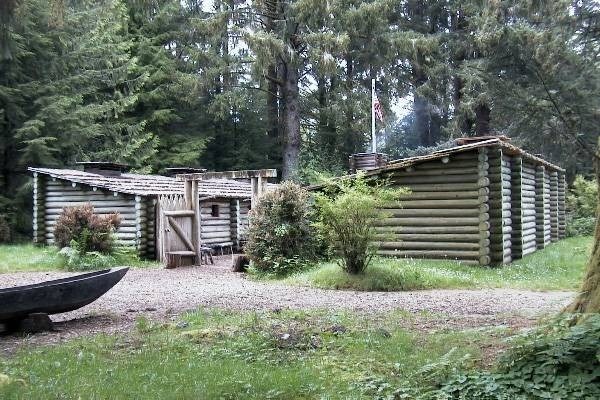Learn about NRCAs
The Natural Resource Condition Assessment (NRCA) Program provides framework, funding, and publishing support to parks to aid in the synthesis and documentation of natural resource conditions. Condition assessment reports are a tool to describe selected park resources, and record a snapshot of their current condition, identify trends, and identify potential or current threats and stressors. Understanding the condition and trend of natural resources is key for parks and NPS planners to appropriately prioritize and allocate stewardship resources.

NPS Photo.
The Park, a cooperative effort between the National Park Service and states of Oregon and Washington, commemorates Lewis and Clark’s expedition and includes both federal and state lands.
Traditional NRCA Report: 2020
In an effort to better understand the natural resources and processes present in Lewis and Clark National Historical Park, a Natural Resource Condition Assessment was conducted and published in 2020. National Park Service representatives, in partnership with the University of Washington and the Institute for Wildlife Studies, evaluated the park’s needs and available data. Eleven resource topics and their associated indicators were assessed:
- Air quality |
- Non-salmonid fish |
|||||
- Climate |
- Amphibians |
|||||
- Freshwaters (surface hydrology, groundwater and surfacewater quality) |
- Mammals |
|||||
- Estuaries and juvenile salmon |
- Natural night skies and natural quiet |
|||||
- Forest health and disturbance |
- Nearshore physical environment |
|||||
|
|
- Land use and habitat connectivity |
Overall, the condition of natural resources at Lewis and Clark National Historical Park varied. Five resource topics were found to be in good condition (air quality, forest health and disturbance, amphibians, mammals, and natural night skies and natural quiet); five topics were of moderate concern (freshwaters, estuaries and juvenile salmon, non-salmonid fish, nearshore physical environment, and land use and habitat connectivity); and one topic, climate, was found to be of significant concern. This assessment serves as a review and summary of the available information and is valid for the period of review (approximately 2016-2018). The report provides managers with information useful for prioritizing short-term natural resource management projects, determining funding needs, and as comparison with future large-scale or focused natural resource assessment efforts.
For other reports and natural resource datasets visit the NPS Data Store.
Source: NPS DataStore Collection 7765 (results presented are a subset). To search for additional information, visit the NPS DataStore.
Last updated: June 30, 2022
